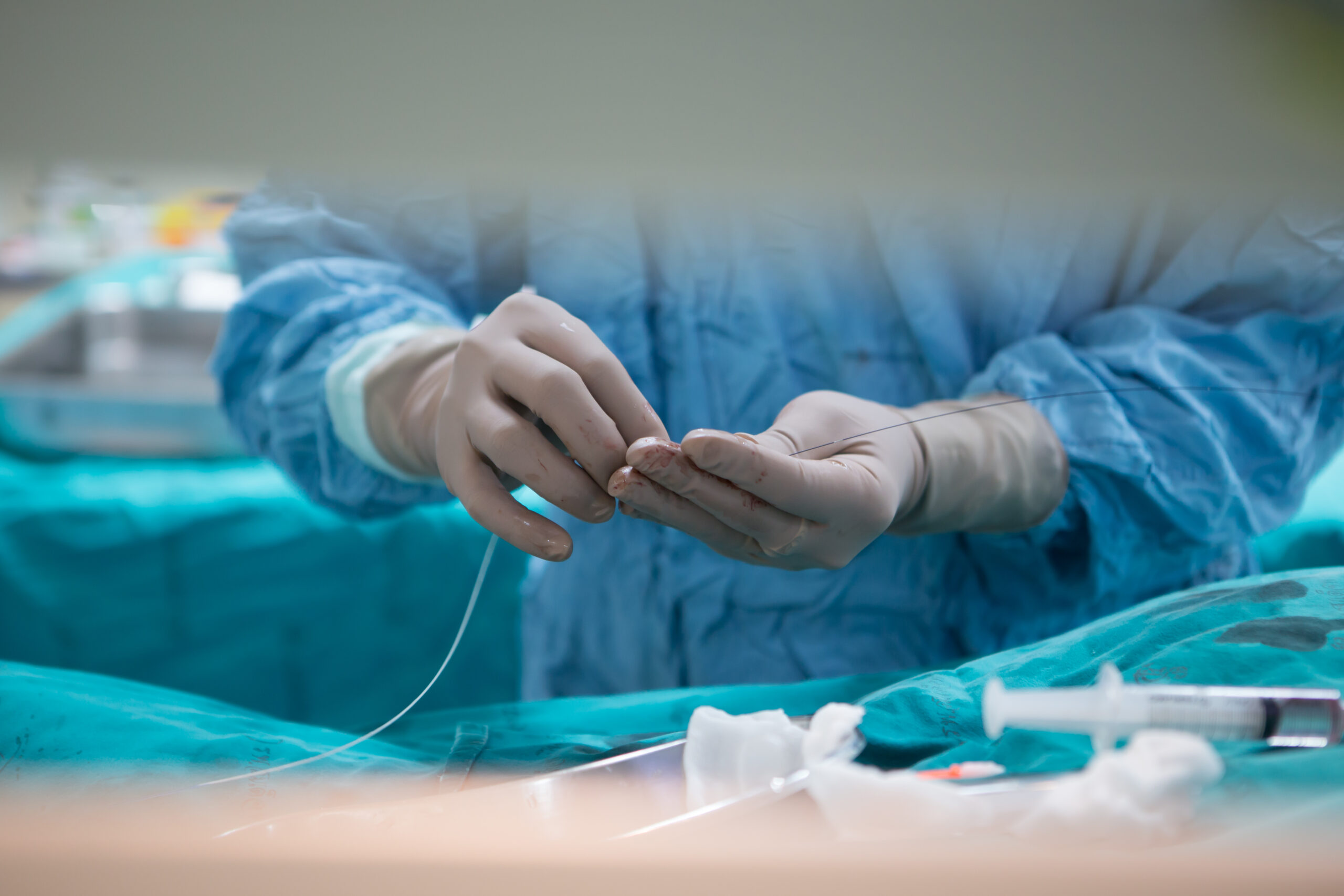Best Treatment for Leg Pain – Memphis TN
Don’t let leg pain slow you down. Let our professional medical staff prescribe the best treatment for leg pain that is non-invasive and will alleviate your discomfort and get you back on your feet in no time. At Zenith Vascular & Fibroid Center, we proudly offer a range of varicose vein treatment options. Learn more during a consultation with us in Memphis, TN and Southaven, MS!
We’re also accepting Virtual Consultation Appointments where you can meet with the medical professional staff from the comfort of your home.

What are some of the causes of leg pain?
Peripheral Arterial Disease (PAD)
PAD is a circulatory disease that occurs when narrowed or blocked arteries constrict blood flow. This common condition affects the limbs, particularly the legs and feet, to create pain or numbness.
Untreated PAD can also lead to permanent tissue death that may require amputating the affected limb. There isn’t a cure for PAD, but treatment is crucial for maintaining health. PAD means that your blood vessels aren’t working as they should. Everything in the body is connected, and the blood vessels play a critical role in protecting your health. Without treatment, this condition can lead to life-threatening cardiovascular diseases such as:
- Coronary heart disease
- Heart attack
- Stroke
Varicose Veins
Varicose veins are enlarged blood vessels that have a “rope-like” appearance. They are swollen and raised above the skin’s surface, and can be flesh-colored, dark purple, or blue. These veins often appear as a cluster and are commonly found on the back of the calves or the inside of the legs. However, they can form anywhere on the legs, from the groin to the ankle.
Treatment of varicose veins involves either the removal or blocking blood flow within these abnormal veins. Out dated treatments included surgical Vein “stripping”. Stripping is removal of the entire vein and is no longer the therapy of choice for venous insufficiency. Multiple new therapies have developed to treat varicose veins including blocking the vein with lasers, heating up the vein with radiofrequency , injecting a chemical to block the vein, or using an adhesive to seal the vein. Treatments for varicose veins include Endovenous Laser treatment and Vein ablation treatment, both are minimally invasive. These new less invasive therapies result in no downtime. Patients often report having improved symptoms immediately.
Deep Vein Thrombosis
If you have been experiencing swelling and pain in one of your legs that is accompanied by warmth and redness. This is characterized by the formation of a blood clot in a deep vein, typically in the legs.
Some more signs and symptoms that may indicate DVT include:
- Swelling in the leg, often accompanied by pain or tenderness.
- Redness and warmth: The skin over the affected area may appear reddish or feel warm to the touch.
- Pain: DVT can cause persistent pain or discomfort in the leg, often described as a cramping or aching sensation.
- Enlarged veins: In some cases, the affected veins may become more prominent or visible due to the clot.
Easing Chronic Pain through Vascular Health
Chronic pain caused by vascular health issues can be debilitating. Our dedicated team is here to provide effective treatments and manage your condition with compassion and expertise. vascular surgeons can help manage chronic pain caused by peripheral arterial disease (PAD). While the primary goal of treatment for PAD is to improve blood flow and prevent complications, addressing pain is also an important aspect of managing the condition. Vascular surgeons have expertise in diagnosing and treating PAD and can offer various options to help alleviate chronic pain.
Here are some ways vascular surgeons can assist with chronic pain from PAD:
- Interventional Procedures: Vascular surgeons can perform minimally invasive procedures to improve blood flow and alleviate pain. These procedures may include angioplasty, stenting, or atherectomy, which are aimed at opening up narrowed or blocked arteries and restoring proper blood flow to the affected area.
- Non-Invasive Surgery: In severe cases where other treatments have been ineffective, vascular surgeons may recommend surgical interventions to bypass or remove blockages in the arteries. By restoring blood flow, surgical procedures can help relieve pain and promote healing.
- Lifestyle modifications: Vascular surgeons can provide guidance on lifestyle changes that can help manage chronic pain from PAD. This may include recommendations for regular exercise, smoking cessation, maintaining a healthy diet, and managing other risk factors, such as high blood pressure or high cholesterol.
Complete Care for Foot Wounds
If you’re dealing with foot wounds that just won’t heal, our comprehensive treatment options can help. We understand the importance of proper wound care and offer personalized solutions tailored to your needs. Peripheral arterial disease (PAD) can contribute to the development of non-healing wounds in the feet through a process known as ischemia. Ischemia refers to a lack of adequate blood supply to a specific area of the body, in this case, the feet.
When someone has PAD, the arteries that supply blood to the feet become narrowed or blocked due to the buildup of plaque. As a result, the affected area receives insufficient oxygen and nutrients needed for proper healing. This compromised blood flow can impede the body’s natural healing process, leading to non-healing or slow-healing wounds.
It’s crucial for individuals with PAD to carefully monitor their feet for any signs of wounds, such as ulcers or sores, and seek prompt medical attention.
Leg Pain Treatment Options
Our treatment approach starts with a comprehensive examination to accurately diagnose the cause of your leg pain. To gather more information about your blood vessels and circulation in your legs, we may utilize tests such as ultrasounds.
There are several non-invasive treatments that can help manage leg pain associated with PAD. Here are a few options:
- Lifestyle modifications: Making certain lifestyle changes can greatly improve leg pain caused by PAD. Quitting smoking, maintaining a healthy weight, exercising regularly, and following a balanced diet can all contribute to better blood flow and reduced pain.
- Medications: Your healthcare provider may prescribe medications to help manage PAD-related leg pain. These can include antiplatelet drugs, statins to lower cholesterol, and medications to manage high blood pressure or diabetes, which are common comorbidities with PAD.
- Exercise therapy: Supervised exercise programs, such as supervised walking or a structured exercise regimen, can help improve leg pain symptoms and increase overall mobility. These programs are typically tailored to individual needs and should be designed and monitored by a healthcare professional.
- Compression therapy: Wearing compression stockings can improve blood flow and reduce leg pain. These specialized stockings apply gentle pressure to the legs and improve blood circulation.
- Angioplasty and stenting: these minimally invasive procedures can be effective for certain cases of, such as PAD. They involve the insertion of a catheter with a balloon at the end, which is inflated to widen narrowed or blocked arteries. A stent may also be placed to help keep the artery open. This is a non-invasive procedure that leaves little to no scaring and is the best treatment for leg pain.
Schedule Your Consultation
Interested in learning more about treatments for leg pain? Contact us today at Zenith Vascular & Fibroid Center and schedule your consultation to learn more ! Take the first step today in learning more about your treatment options for achieving your vascular health goals. Call 901.779.50000
